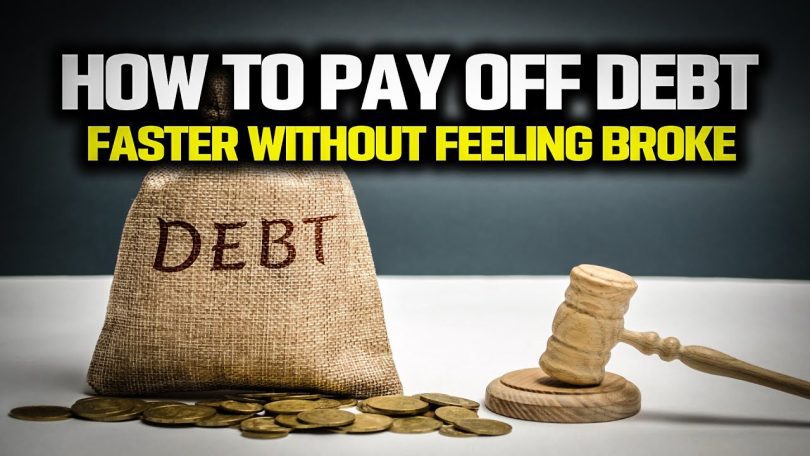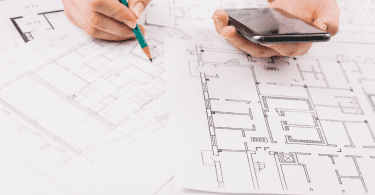Getting out of debt can feel overwhelming, especially when it seems like your money disappears as soon as you get paid. But the truth is, you don’t have to give up your lifestyle or live on baked beans to become debt-free. With a smart plan, a few simple strategies, and a bit of discipline, you can pay off debt faster while still enjoying life along the way.
This guide will walk you through practical steps to help you crush your debt without feeling broke in the process.
Understand Your Debt
The first step is to get clear on exactly what you owe. List all your debts, including:
- Type of debt (e.g. credit card, car loan, student loan)
- Total amount owing
- Minimum monthly repayment
- Interest rate
Once you’ve got everything in front of you, you’ll be able to see which debts are costing you the most. That’s where you’ll want to focus your efforts.
Choose a Repayment Strategy That Works for You
There are two main methods people use to pay off debt faster:
- Debt snowball: Pay off the smallest debt first while making minimum payments on the rest. Once the smallest is cleared, roll that payment into the next smallest, and so on. This method builds motivation through quick wins.
- Debt avalanche: Focus on the debt with the highest interest rate first. This method saves the most money in the long run.
Pick the one that suits your personality and goals. If you need early wins to stay motivated, go with the snowball. If you want to be financially efficient, the avalanche might be better.
Set a Realistic Budget
A solid budget is the foundation of any good debt repayment plan. Start by tracking your income and expenses for at least one month. Then, work out how much you can realistically put toward debt each pay cycle.
It’s important to leave room for essentials and a few fun things—completely cutting out lifestyle spending usually leads to burnout. Instead, find areas to trim without feeling deprived, such as reducing takeaways, cancelling unused subscriptions, or shopping smarter.
One thing to remember is that not all debt is created equal. While some debt helps you grow your wealth, other types can hold you back. For example, strategies like debt recycling in Australia allow some homeowners to turn their home loan into a tax-effective investment tool. But if you’re dealing with credit cards, personal loans, or buy-now-pay-later balances, tackling those high-interest debts should be a top priority.
Make Extra Repayments Whenever You Can
Even small extra repayments can make a big difference. Paying more than the minimum reduces your balance faster and cuts down on interest. Try these ideas to free up extra cash:
- Round up your repayments to the nearest $50 or $100
- Use tax refunds or bonuses to make lump sum payments
- Sell unused items online and put the money toward your debt
- Start a side hustle and direct the earnings straight to repayments
Over time, these small actions can lead to big savings and faster progress.
Automate Your Payments
Set up automatic transfers for your debt repayments as soon as you get paid. This way, you won’t accidentally spend the money before it goes to where it should. Paying yourself (and your debt) first removes temptation and makes progress easier.
You can also split your repayments to match your pay cycle—this keeps the cash flow smoother and helps reduce interest on certain loans.
Consider Consolidating Your Debt
If you have multiple debts with high interest rates, consolidating them into a single lower-interest loan might help. This can simplify repayments and reduce the amount of interest you’re paying overall.
Just be cautious—some debt consolidation loans come with hidden fees or longer loan terms that end up costing more in the long run. Always read the fine print and speak with a financial adviser if unsure.
Be Strategic With Good Debt
Not all debt is bad. For instance, debt recycling in Australia is a strategy that allows homeowners to turn their non-deductible home loan into deductible investment debt, potentially growing wealth while still paying off their mortgage. While it’s not for everyone, it shows that some forms of debt can be used strategically when managed properly.
If you’re considering something like debt recycling, always seek professional advice to make sure it fits your situation and long-term goals.
Celebrate Milestones Along the Way
Paying off debt takes time, and it’s important to stay motivated. Break your goal into smaller milestones, and reward yourself when you reach them. This doesn’t mean splurging and undoing your progress—keep it simple, like a dinner out or a movie night.
Celebrating progress helps you stay on track and makes the journey feel less like a sacrifice.
Protect Yourself From More Debt
While paying off your current debt, it’s essential to avoid adding new ones. That means:
- Avoiding unnecessary credit card use
- Cancelling buy-now-pay-later accounts if they lead to overspending
- Building a small emergency fund so you don’t rely on credit during tough times
Learning to live within your means and saving for what you want is key to staying debt-free in the long run.
Paying off debt faster doesn’t mean you have to give up everything you enjoy. With the right plan, a positive mindset, and consistent action, you can take control of your finances and reduce your money stress, without feeling like you’re constantly missing out.
Whether you’re juggling multiple loans or just starting to chip away at a credit card balance, the steps above can help you build momentum. And if you’re in a position to explore more advanced financial strategies, options like debt recycling in Australia may offer a path to building wealth alongside debt reduction.
Debt freedom is possible. One smart decision at a time is all it takes.





